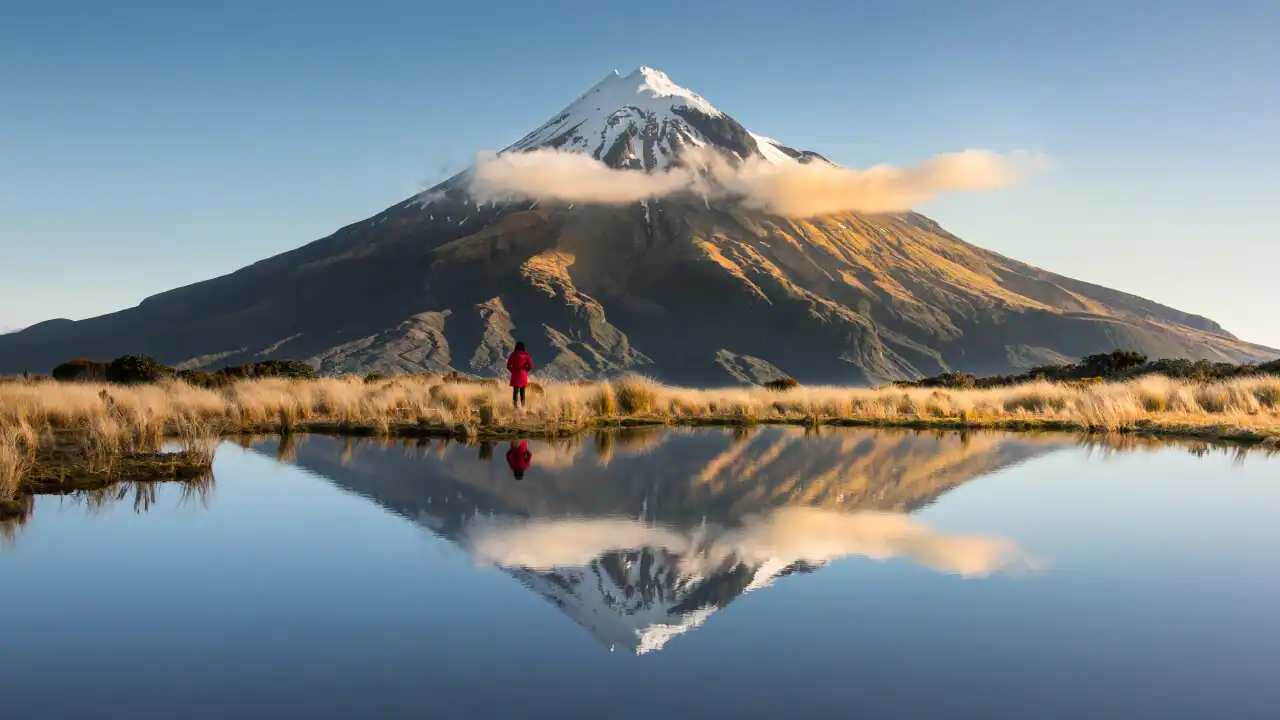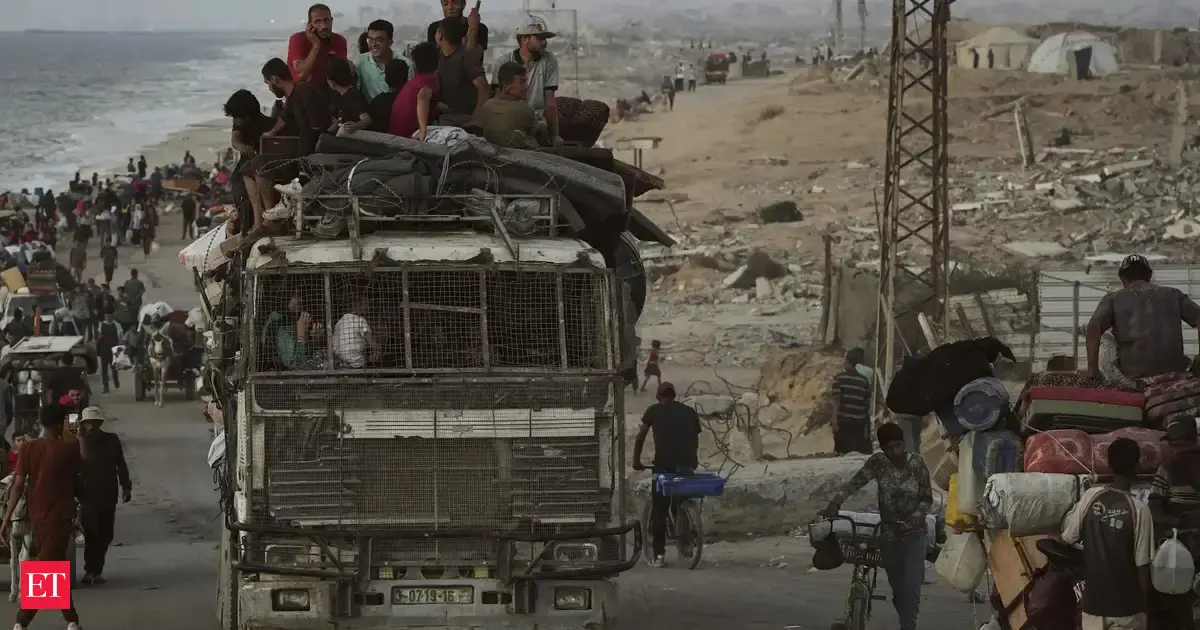By Elfy Scott
Copyright sbs

b> school holidays biggest barriers The Tourism and Transport Forum (TFF) has released its survey about travel plans over spring, with 67 per cent of Australians planning to travel between 15 September and 31 October this year — either domestically or overseas. That number is down slightly from the same time last year when 71 per cent of people reported plans to travel. Of the people planning to travel over the school holidays, 11 per cent are heading overseas and New Zealand, Japan and Europe are the most popular destinations. Margy Osmand, CEO of TFF, said New Zealand is a top international destination because it presents the “perfect compromise” for Australians. “Close to home, familiar, but still offering that international holiday feel, and often at a lower cost than long-haul travel,” she said. Holidays to Europe have already proved popular this year. In July, ANZ projected its customers would spend $280 million travelling to Europe across winter based on trends in hotel and airline bookings — a 10 per cent increase compared to 2024. For domestic travellers, Sydney, Melbourne and Brisbane are the top cities for holidaymakers and the Gold Coast, the Sunshine Coast, NSW's south coast and Victoria's Mornington Peninsula are the most popular regional destinations. “Something like 35 per cent of people will be staying within their own home state, and a lot of them will be having a staycation. So they might be staying at home with the kids and going out and exploring their own terrific home city, and having those kinds of experiences,” Osmand said. However, cost is still the greatest barrier for Australians looking to travel, with 44 per cent of Australians citing it as their main obstacle to making plans. “[Australian travellers] are feeling the pinch. … There is no doubt that the cost of living is starting to have an impact. And people are perhaps going away for a little bit shorter and spending not quite so much,” Osmand said. The vast majority of travellers planned to spend under $5,000 on their holidays, including 41 per cent who were planning to spend less than $2,000 on their entire trip. Osmand said “crowds, hot weather and even political headlines” won't deter Australian travellers and said any operators planning sales “can expect large uptake from the Australian market”. Climate concerns are also front of mind for some, with people aged 25 to 34 years old most likely to cite extreme temperatures as a concern for travelling. Political considerations as a barrier for travel have also increased since last year, rising from 2 per cent to 6 per cent this year. Sarah Dolnicar, Professor at the University of Queensland's Business School, told SBS News earlier this year that a decline in interest in travelling to the US has been driven at least part due to political instability. “I don't know if it's specifically the Trump administration or whether it's the perceived volatility of decision-making, but there is absolutely no doubt that that has affected international travel into the US,” Dolnicar said. download our app subscribe to our newsletter



